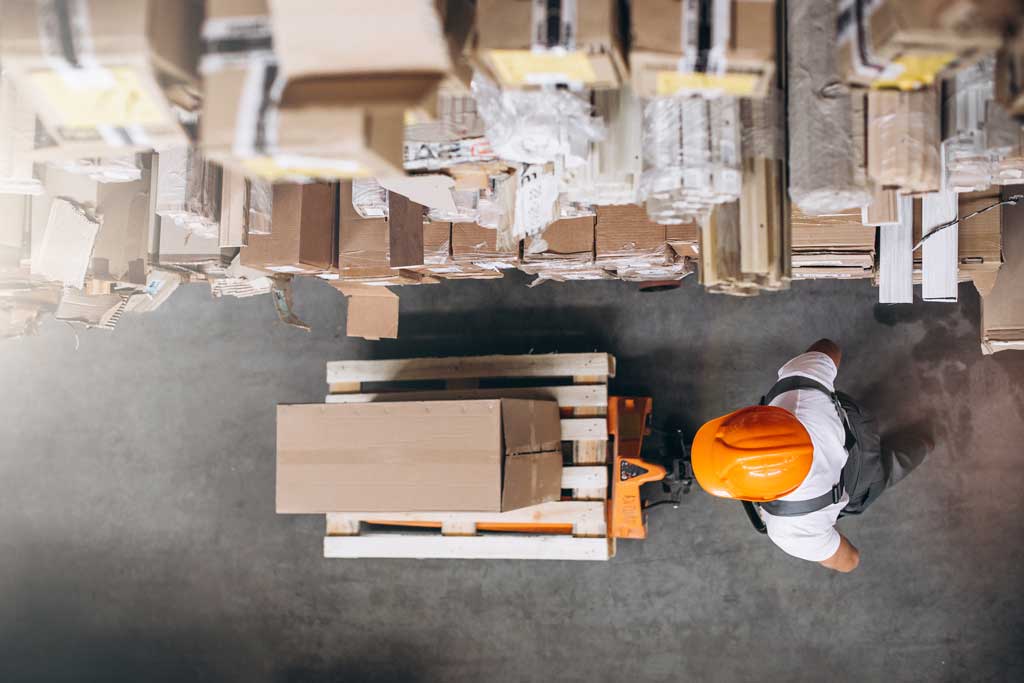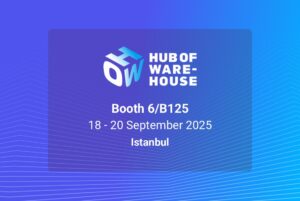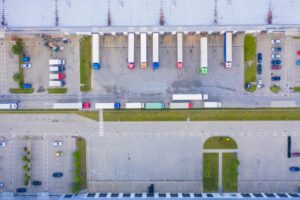In Gartner’s recently published 2025 Hype Cycle for Supply Chain Execution and Logistics Technologies, one trend stands out for its potential to radically transform warehouse operations: RTLS-based WMS (Real-Time Location System-based Warehouse Management Systems).
This isn’t just another incremental upgrade. It’s a paradigm shift, and Litum is proud to be recognized among the sample vendors leading the charge.
What Is RTLS-Based WMS?
Traditional warehouse management systems rely heavily on manual barcode scanning and static data. The problem? You’re only as informed as your last scan.
RTLS-based WMS changes that. By leveraging real-time location data from technologies like UWB (Ultra-Wideband), BLE (Bluetooth Low Energy), or 3D vision systems, RTLS-based WMS can:
- Track people, equipment, and inventory
- Eliminate the need for repetitive scanning
- Dynamically assign tasks based on real-time asset location
- Improve decision-making with live operational insights
In other words, it gives warehouses a live, digital nervous system.
Why It Matters Now
According to Gartner, RTLS-based WMS is still in the early stage of adoption, but the benefits are too significant to ignore:
- Faster operations: Time spent locating assets drops drastically
- Higher productivity: Workflows become location-aware and dynamic
- Better accuracy: Errors due to outdated or manual inputs are reduced
- Stronger ROI: Less waste, better labor utilization, and fewer delays
In environments like large distribution centers or high-velocity e-commerce hubs, these gains can translate into millions in annual savings.

Litum’s Role in Shaping the Future
As highlighted in the Gartner report, vendors in the RTLS-based WMS category are pioneering a new generation of warehouse intelligence. At Litum, we’ve long believed in the power of real-time visibility to drive safety, efficiency, and operational resilience.
Our solutions are already helping Fortune 500 manufacturers, logistics operators, and warehousing leaders eliminate blind spots, from tracking thousands of forklifts to orchestrating worker and asset movement in real time.
We design our RTLS platforms not as bolt-ons but as deeply integrated systems, enabling seamless data flows, intelligent alerts, and automated insights across the warehouse floor.
Challenges Ahead, and Why They’re Worth Tackling
Like all transformative technologies, RTLS-based WMS faces barriers: integrating with legacy WMS platforms, quantifying ROI, and shifting deeply ingrained operational habits. But as Gartner notes, the market is maturing fast, and demand is rising.
Organizations that embrace this shift now will be better equipped to navigate labor shortages, volatile demand, and rising customer expectations.
Final Thoughts
The warehouse is no longer just a place to store goods, it’s a live, decision-making environment. And with RTLS-based WMS, that environment becomes smarter, faster, and more adaptive.
We’re honored to see Litum named in Gartner’s Hype Cycle report and even more excited about the role we’re playing in building the future of logistics.
Want to see how RTLS-based WMS could impact your operations? Contact us for a demo.




